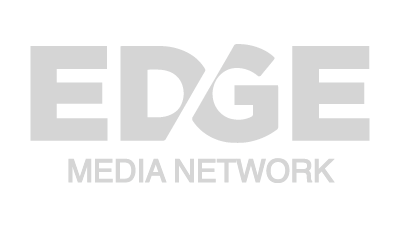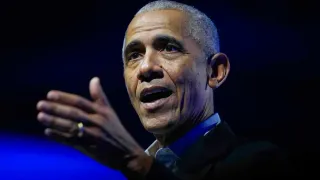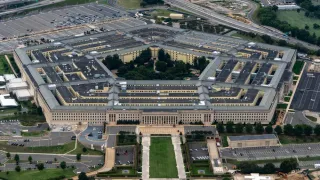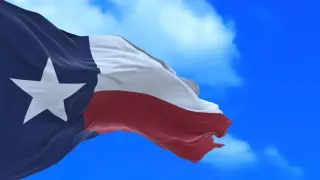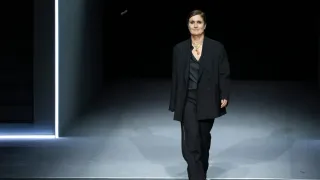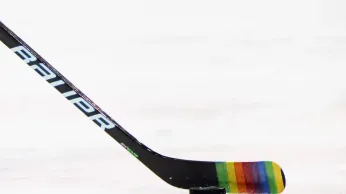
6 hours ago
NHL Remains the Only Major Men’s League Without an Out Gay Player in Its History
READ TIME: 3 MIN.
The National Hockey League (NHL) stands alone among North America’s major men’s professional sports leagues for never having had an active player come out as gay while on an NHL roster, even as other leagues have seen such milestones in recent years . This ongoing reality underscores both the progress and persistent barriers within the hockey community, raising complex questions about representation, culture, and the pace of change in professional sports.
While the NFL, NBA, and MLB have each witnessed active players publicly come out as gay, the NHL’s history remains unbroken in this regard . The league’s continued absence of openly gay players is not for lack of LGBTQ+ athletes in hockey more broadly. Notable figures such as Brock McGillis, a former professional goaltender, and Luke Prokop, who came out as gay while playing in the Western Hockey League (WHL), have made headlines for their visibility and advocacy . Yet, to date, no player has come out during their tenure on an NHL roster.
Brock McGillis, recognized as the first openly gay professional men’s hockey player, did not come out until after his professional career and has since become a leading advocate for LGBTQ+ inclusion in sports, sharing his experiences of living a double life in fear of professional and personal repercussions . Similarly, Luke Prokop made history in 2021 as the first active player under NHL contract to come out as gay, but he has not yet played a regular-season NHL game .
These stories highlight the courage required to be visible in a sport that, despite progress, retains pockets of conservatism and a reputation for insularity. Prokop has spoken about the weight lifted by coming out and his hope to inspire others, stating, “I am no longer scared to hide who I am” .
Hockey’s deep-rooted traditions and locker room culture are often cited as contributing factors to the lack of out gay NHL players. Former and current players, as well as advocates, have described a culture where conformity is valued and open discussions about identity are rare . Brock McGillis recounted the fear of professional ruin that kept him closeted during his playing days, stating that he concealed his identity even from close friends and family out of concern for his career .
The NHL has made efforts in recent years to promote inclusivity, including the “Hockey Is For Everyone” campaign and participation in Pride initiatives. However, critics and advocates note that symbolic gestures alone are not sufficient to dismantle long-standing barriers. The absence of an out gay player on an NHL roster is seen by many as evidence of a deeper cultural challenge .
In contrast to the NHL, other major men’s leagues have experienced watershed moments for LGBTQ+ visibility. The NFL’s Carl Nassib, NBA’s Jason Collins, and MLB’s Glenn Burke (posthumously recognized) are among those who have made history by coming out as gay while associated with their respective leagues . These milestones have been credited with encouraging greater acceptance and providing visible role models for younger athletes.
Advocates, former players, and LGBTQ+ organizations emphasize the importance of representation in sports. Brock McGillis, now a prominent advocate, travels across North America to promote inclusion and mental health awareness, stating, “Each and every one of us has the ability to create a shift” . His activism is rooted in personal experience and a commitment to fostering environments where athletes can be themselves without fear of reprisal.
LGBTQ+ organizations such as You Can Play and Athlete Ally continue to campaign for broader acceptance within hockey, offering resources for teams, coaches, and players to build inclusive environments .
The persistent lack of out gay players in the NHL serves as both a reminder of progress still to be made and a rallying point for those seeking change. Advocates stress the need for concrete policy changes, robust anti-discrimination protections, and visible support from league leadership. They argue that true inclusion extends beyond campaigns and requires a shift in everyday culture, from the junior leagues to the NHL’s most prominent stars .
As Luke Prokop continues his journey in professional hockey, the spotlight remains on the NHL to create an environment where players can come out without fear, and perhaps, make history by breaking its long-standing streak .
The NHL’s status as the only major men’s league without an out gay player is both a testament to the unique challenges within hockey and a call to action for the league, its teams, and its fans. As advocates press forward and visibility continues to grow in the sport’s broader ecosystem, the hope remains that the league will soon witness its own historic moment—one that reflects the diversity and courage of its community.
